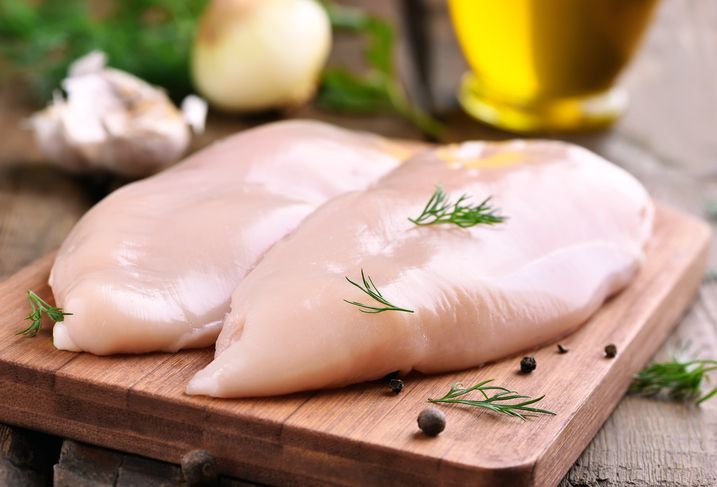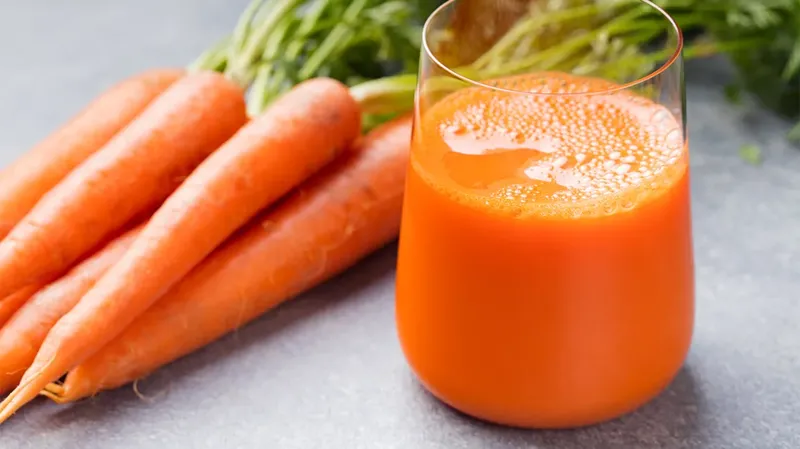Jakarta –
Microplastic contamination in daily food needs to be watched out for. Get to know the 14 foods that research shows contain the most microplastics.
Several types of food consumed daily are apparently contaminated with microplastics. Studies reveal that 90% of animal and vegetable protein ingredients are contaminated with this danger.
Quoting CNN International, samples of animal and vegetable protein tested positive for microplastics, small polymer fragments whose sizes can range from less than 0.2 inches (5 millimeters) to 1/25,000 inch (1 micrometer), according to a study in February 2024.
ADVERTISEMENT
SCROLL TO CONTINUE WITH CONTENT
Not only that, a number of vegetables also apparently absorb microplastic content from the soil.
The following are foods that have been found to contain microplastics according to a number of studies:
1. Chicken meat
2. Beef
3. Pork
4. Nuggets
5. Know
6. Lettuce
7. Carrots
8. Radish
9. Apple
10. Tea bags
11. Himalayan salt
12. Sugar
13. Instant rice
14. Bottled drinking water
If the plastic is small enough, fruits and vegetables can absorb microplastics through their root systems and transfer parts of the chemical to the plant’s stems, leaves, seeds and fruit.
A 2023 study found that Himalayan red salt mined from the ground also contained the most microplastics, followed by black salt and sea salt.
Sugar is also an important route of human exposure to this micropollutant, according to a 2022 study.
Not only that, tea bags, which are mostly made of plastic, can also release large amounts of plastic. Researchers at McGill University in Quebec, Canada found that brewing one plastic tea bag releases approximately 11.6 billion microplastic particles and 3.1 billion nanoplastic particles into the water.
Rice can also contain microplastics. A study from the University of Queensland found that for every 100 grams (1/2 cup) of rice people eat, they consume three to four milligrams of plastic and the figure jumps to 13 milligrams per serving for instant rice.
To reduce plastic contamination by up to 40%, one is advised to wash rice. It also helps reduce arsenic, which can be contained in high amounts in rice.
Then, bottled drinking water. One liter of water is equivalent to two standard-sized drinking water bottles or contains an average of 240,000 plastic particles from seven types of plastic, including nanoplastics, according to a March 2024 study.
The dangers of microplastic contamination for human health
 Microplastics are dangerous to human health. Photo: Getty Images/iStockphoto/Khanchit Khirisutchalual Microplastics are dangerous to human health. Photo: Getty Images/iStockphoto/Khanchit Khirisutchalual |
Although microplastics have been found in human lungs, maternal and fetal placental tissue, human breast milk, and human blood, to date there has been little research into how these polymers affect the body’s organs and functions.
A March 2024 study found people with microplastics or nanoplastics in neck arteries were twice as likely to have a heart attack, stroke or die from any cause over the next three years as people who didn’t have them.
“All of these chemicals are used in making plastic, so if plastic goes into our bodies, those chemicals go with it,” said Sherri “Sam” Mason, director of sustainability at Penn State Behrend in Erie, Pennsylvania.
This type of protein contains microplastics
 Chicken breasts can contain dangerous microplastics. Photo: iStock Chicken breasts can contain dangerous microplastics. Photo: iStock |
In the February study, published in Environmental Research, researchers looked at more than 12 commonly consumed proteins, including beef, breaded shrimp and other types of shrimp, chicken breast and nuggets, pork, seafood, tofu, and several plant-based meat alternatives, such as nuggets, plant-based crumbles similar to ground beef, and plant-based fish sticks.
Breaded shrimp contain the least amount of plastic by far, with an average of more than 300 microplastic pieces per serving. Plant-based nuggets are second, with less than 100 pieces per serving, followed by chicken nuggets, pollock fish sticks, minimally processed White Gulf shrimp and plant-based fish-like sticks.
The least contaminated protein was chicken breast, followed by grilled pork and tofu.
The fruit and vegetables tested contained microplastics
 Carrots are also one of the vegetables most contaminated with microplastics. Photo: iStock Illustration Carrots are also one of the vegetables most contaminated with microplastics. Photo: iStock Illustration |
Research published in Environmental Science found there were between 52,050 and 233,000 plastic particles under 10 micrometers in size and each micrometer is about the diameter of a raindrop – in a variety of fruits and vegetables.
Apples and carrots were the most contaminated fruit and vegetables respectively, with more than 100,000 microplastics per gram. The smallest particles were found in carrots, while the largest pieces of plastic were found in lettuce, which is also the least contaminated vegetable.
This article was published on CNBC Indonesia with the title List of 14 Foods Most Containing Micropastrics, Check It Out!
(aqr/adr)






